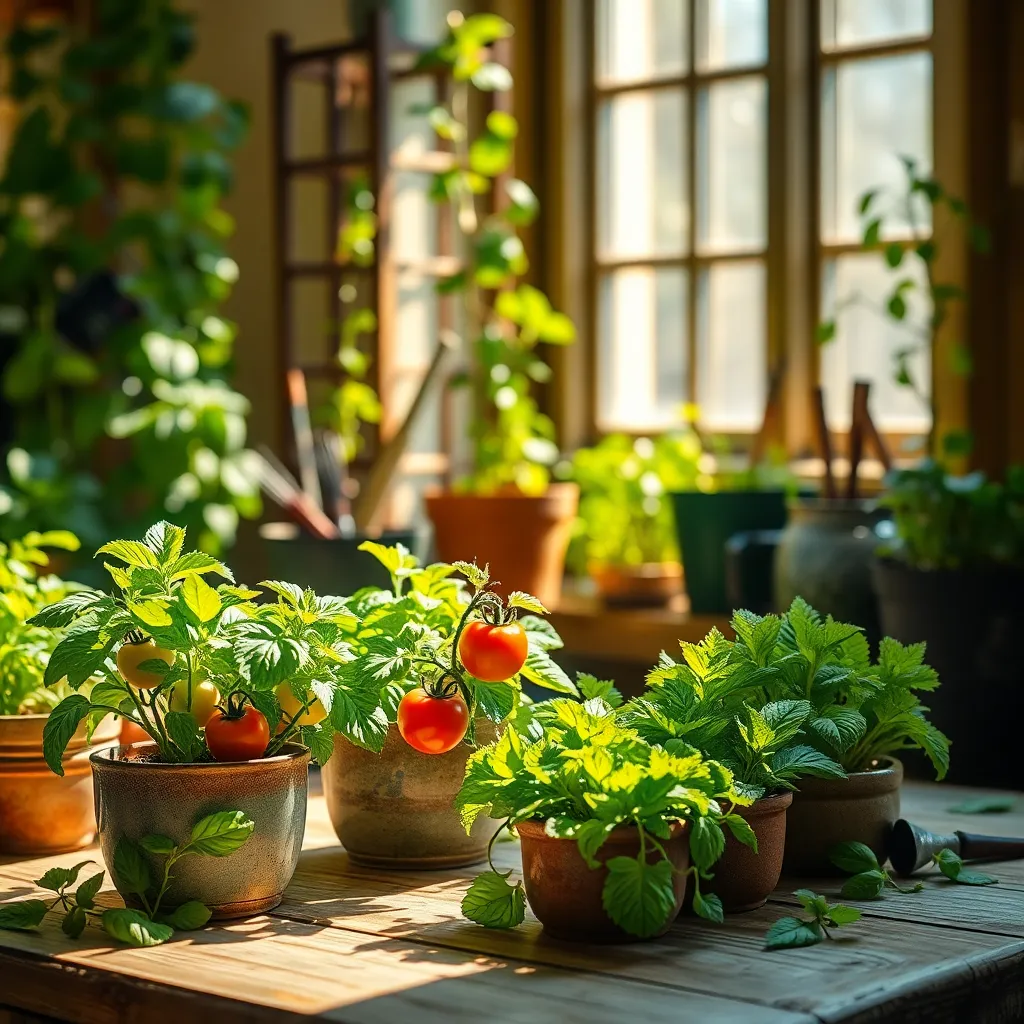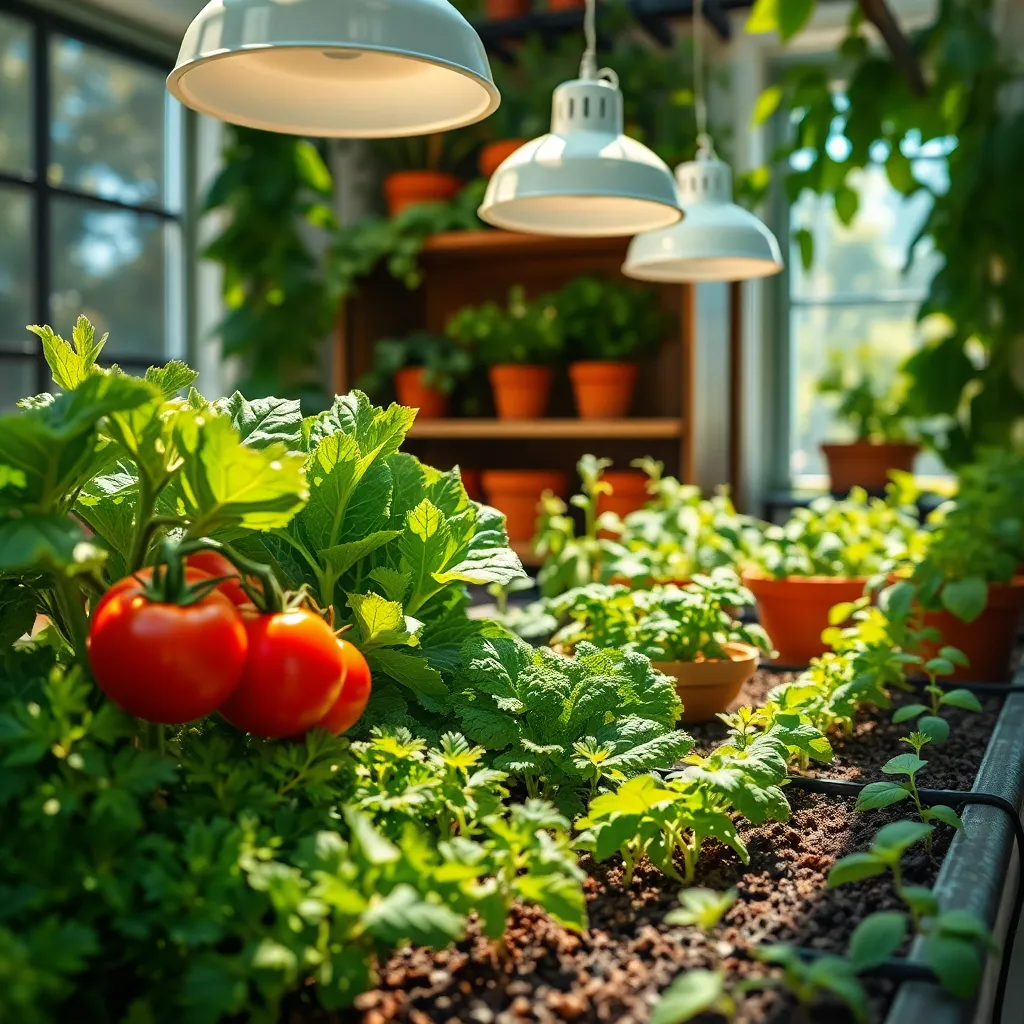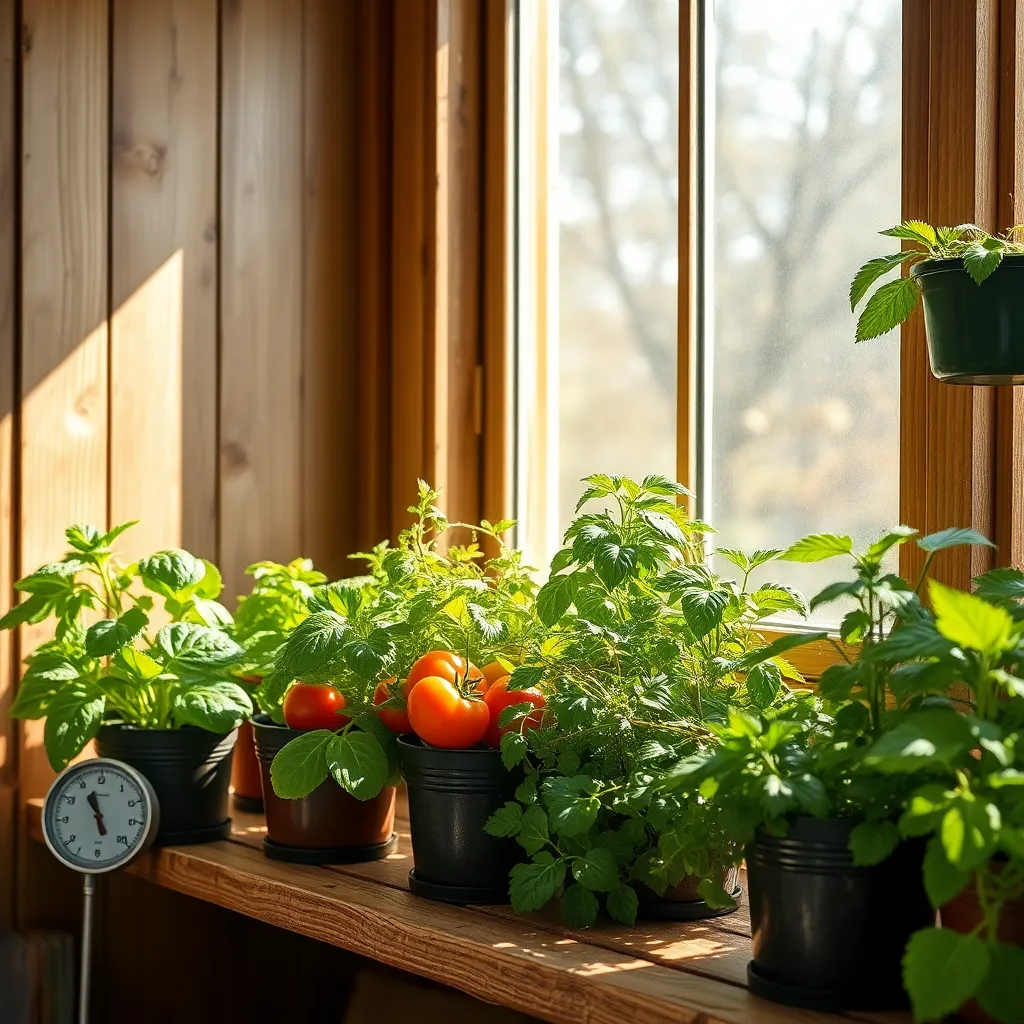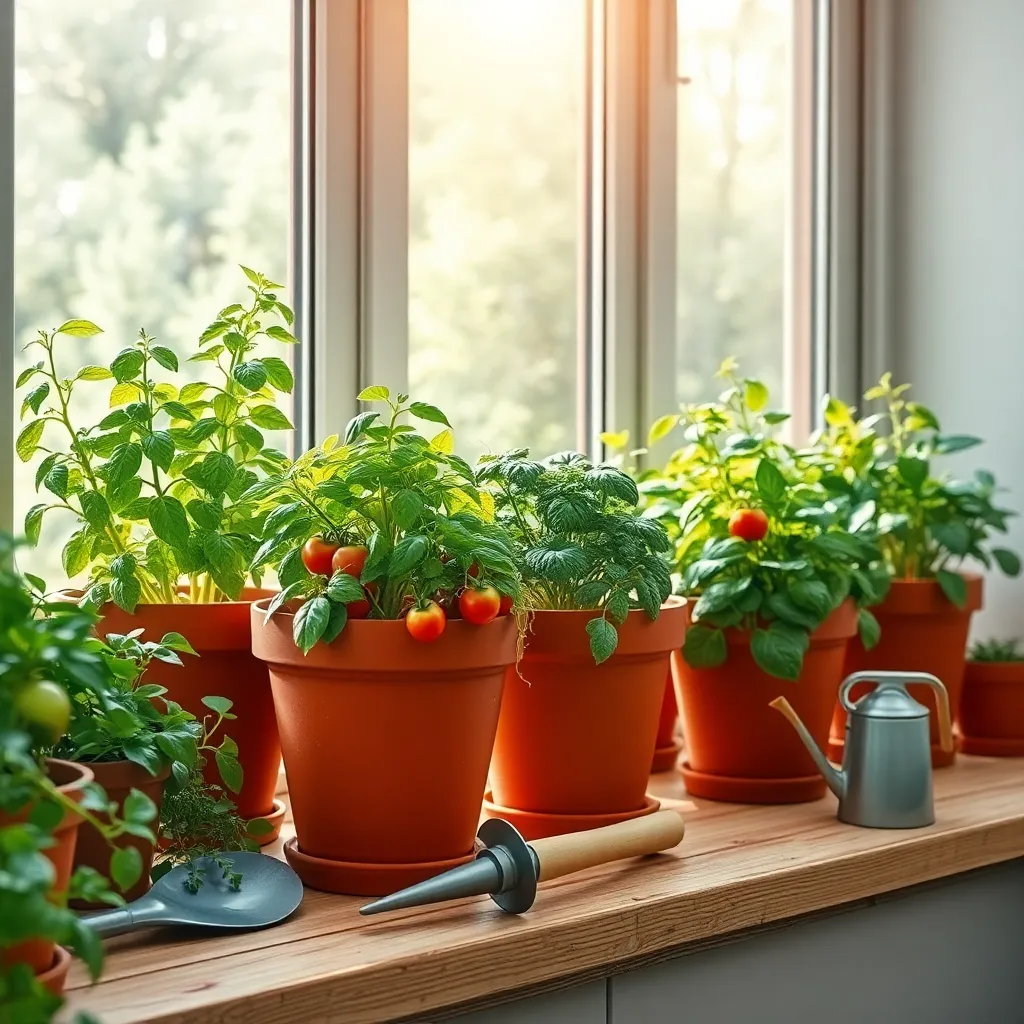Imagine stepping into your kitchen and picking a ripe tomato or a handful of fresh basil, all grown right inside your cozy home. Whether you’re a novice hoping to nurture your first sprout or a seasoned gardener seeking a new challenge, growing fresh vegetables indoors opens up a world of flavor and satisfaction just a few steps away. This guide is your trusty companion on a journey to transform your indoor space into a lush, productive oasis.
The beauty of cultivating vegetables indoors lies in its simplicity and accessibility for all skill levels. With these easy-to-follow methods, you’ll not only enjoy the delightful taste of homegrown produce but also gain the satisfaction of nurturing life from seed to harvest. Embrace the guidance offered in these pages, and you’ll soon find that the joys of gardening are within anyone’s reach, regardless of experience or space.
Choose Compact Vegetable Varieties

Choosing the right vegetable varieties is crucial when growing fresh produce indoors. Compact vegetable varieties are ideal for small spaces, ensuring you make the most of your available area.
Consider plants like cherry tomatoes, dwarf peppers, and bush beans that naturally require less space. These varieties are bred to thrive in containers and can often produce a bountiful harvest in just a few square feet.
For beginners, it’s important to start with quality soil that supports compact plant growth. Use a light, well-draining potting mix enriched with organic matter to provide the necessary nutrients for your indoor garden.
Advanced gardeners might explore hydroponic systems to maximize yield in limited space. This method allows for precise control over nutrients and watering, which is ideal for fast-growing compact varieties.
Utilize Vertical Growing Spaces

To maximize your indoor gardening potential, consider utilizing vertical growing spaces. Vertical gardening is an excellent way to increase your vegetable yield without requiring additional floor space, making it ideal for small apartments or homes.
Start by installing sturdy shelves or using wall-mounted planters to hold your pots. When selecting containers, ensure they have adequate drainage holes to prevent waterlogging, which is crucial for healthy plant growth.
For beginners, climbing plants like peas and beans are perfect candidates for vertical growth. They thrive when trained up a trellis or support, which you can easily fashion from bamboo stakes or repurposed materials like old ladders.
Advanced gardeners might experiment with vertical hydroponic systems, which can efficiently produce a variety of vegetables. These systems deliver nutrients directly to the roots, allowing for faster plant growth and higher yields in a compact space.
Install Energy-Efficient Grow Lights

To grow fresh vegetables indoors, integrating energy-efficient grow lights is essential for providing the necessary light spectrum. These lights mimic natural sunlight, promoting healthy plant growth even in spaces with limited natural light.
When selecting grow lights, opt for LED options for their energy efficiency and long lifespan. LEDs not only save on electricity costs but also emit less heat, reducing the risk of overheating your indoor garden.
Position your grow lights about 12 to 18 inches above the plants to ensure optimal coverage without causing leaf burn. Adjust the height as plants grow, maintaining this distance to support uniform growth.
For beginners, start by setting the lights on a timer for about 12 to 16 hours daily, simulating the natural light cycle. More advanced gardeners may experiment with adjusting light duration and intensity to optimize growth for specific plant types.
Consider grouping plants with similar light needs to maximize efficiency and effectiveness. For instance, leafy greens such as lettuce and spinach thrive with moderate light, while fruiting vegetables like tomatoes require more intense lighting.
Regularly clean the bulbs and fixtures to maintain their efficiency and ensure they provide the best light quality. This simple maintenance step can significantly impact how well your indoor garden flourishes.
Maintain Consistent Indoor Temperatures

Maintaining a consistent indoor temperature is crucial for growing fresh vegetables indoors, as fluctuations can stress plants and hinder their growth. Ideally, keep the temperature between 65°F and 75°F (18°C to 24°C) for most vegetables to thrive.
Use a digital thermometer to monitor the temperature in your growing area regularly. Adjust your heating or cooling systems to ensure that the temperature remains steady, especially during extreme weather conditions.
For added precision, consider installing a thermostat specifically for your growing space. This allows you to automate temperature control, reducing the risk of human error and ensuring optimal conditions for your plants.
Additionally, be mindful of potential heat sources such as grow lights, which can raise the temperature around your plants. Ensure proper air circulation with the use of small fans, which can help distribute heat evenly and prevent hotspots.
Rotate Plants for Even Sun Exposure

To ensure your indoor vegetables receive even sun exposure, it’s essential to rotate them regularly. This practice helps prevent plants from leaning towards the light source and promotes uniform growth.
Start by marking your pots or containers with a small dot to track rotations. Aim to rotate your plants a quarter turn every week to maintain balance in their light exposure.
For beginners, positioning your plants in a south-facing window can maximize sunlight, but remember that even in optimal spots, rotation is key. Advanced gardeners may use a light meter to precisely measure and adjust exposure for each plant.
If you’re growing plants like tomatoes or peppers, which prefer consistent light, consider using a lazy Susan for easy rotation. This simple tool allows you to turn your plants without disturbing their roots or soil, ensuring they thrive indoors.
Conclusion: Growing Success with These Plants
In exploring ‘Simple Ways to Grow Fresh Vegetables Indoors’, we uncovered five key relationship concepts: communication through shared activities, nurturing growth together, adapting to changing environments, patience in the process, and celebrating small victories. These principles not only enhance our green thumbs but also enrich our relationships. As you embark on your indoor gardening journey, consider this actionable step: choose one vegetable to start your indoor garden today. This shared project can spark dialogue and strengthen your bond as you nurture both your plants and your relationship.
Remember, nurturing a relationship is much like tending a garden—it requires attention, care, and time. Saving this article ensures you have a handy guide to revisit whenever you need a gentle reminder of these valuable insights. So, bookmark this page now to keep these nurturing tips at your fingertips.
As you cultivate your indoor garden and your relationship, envision the flourishing future you are creating together. With each seed planted and each moment shared, you are building a resilient, thriving partnership. Here’s to the growth and success of both your indoor garden and your cherished relationship!

